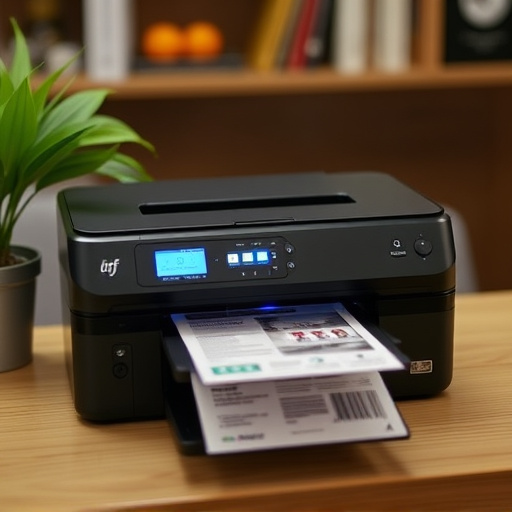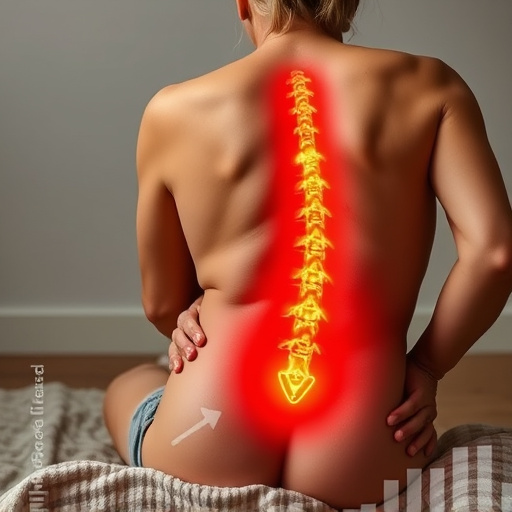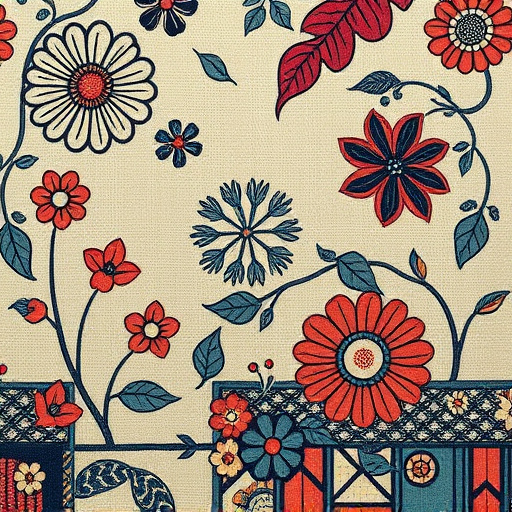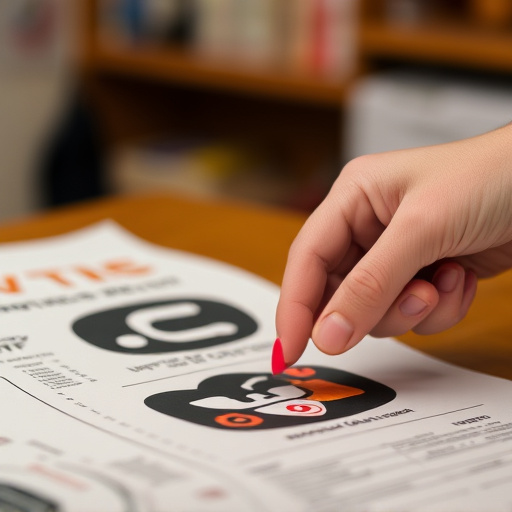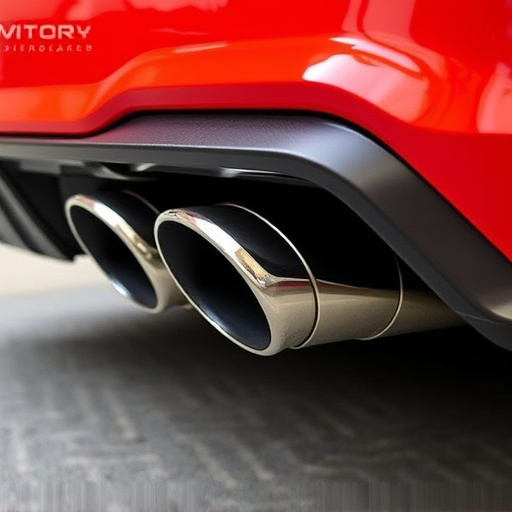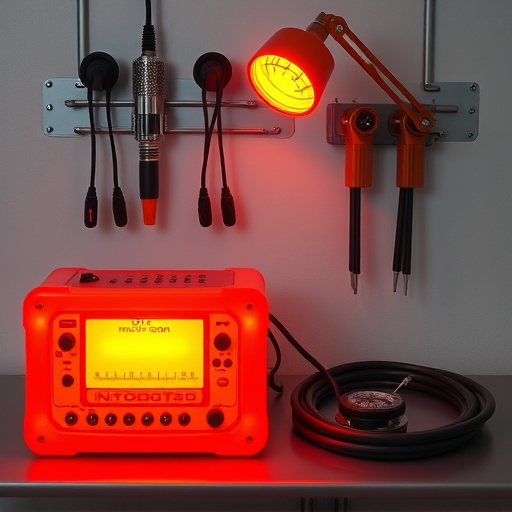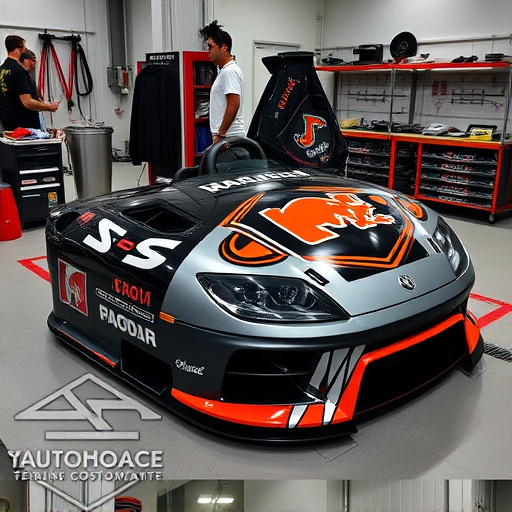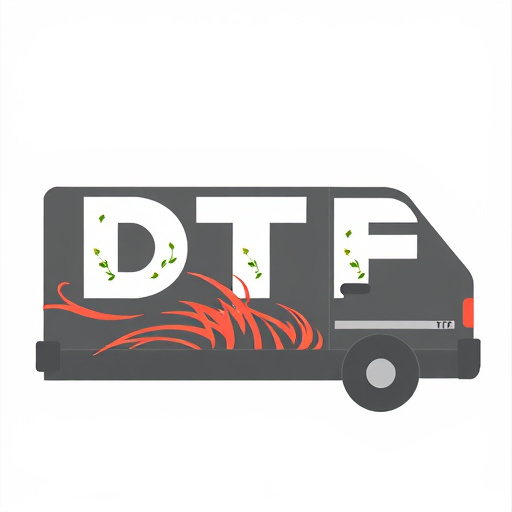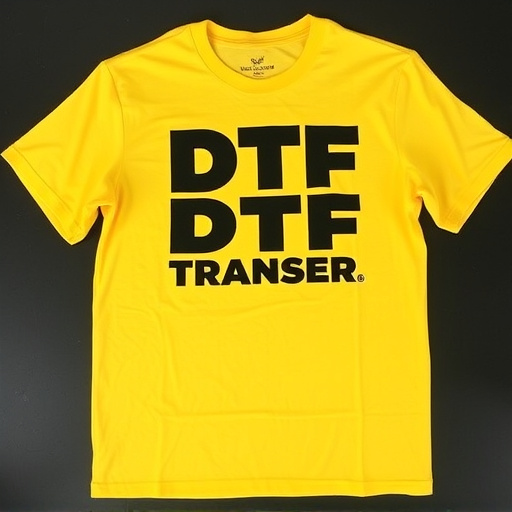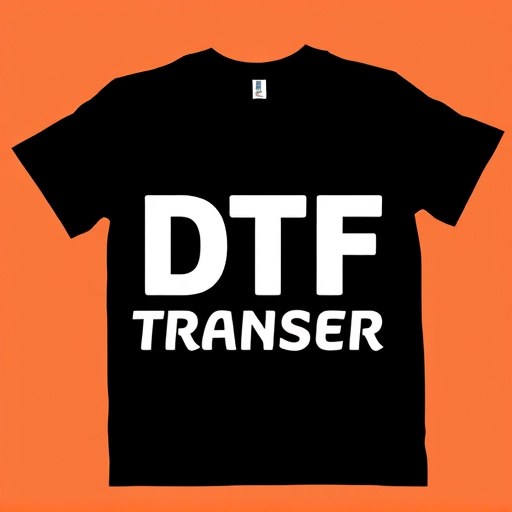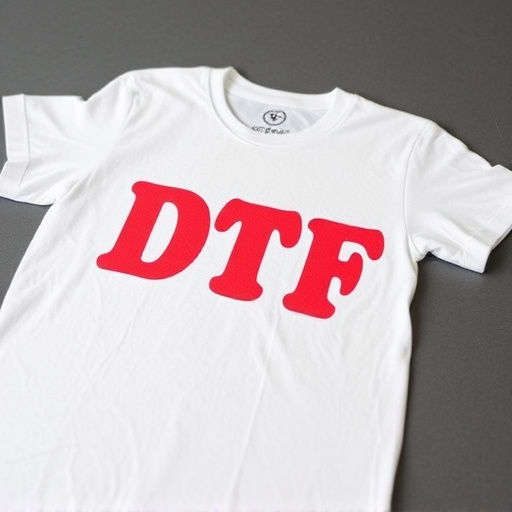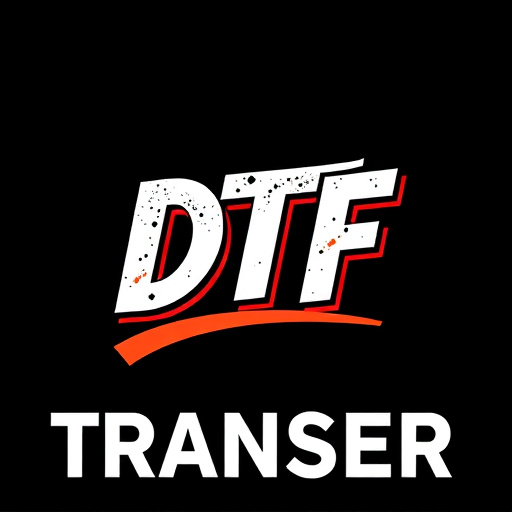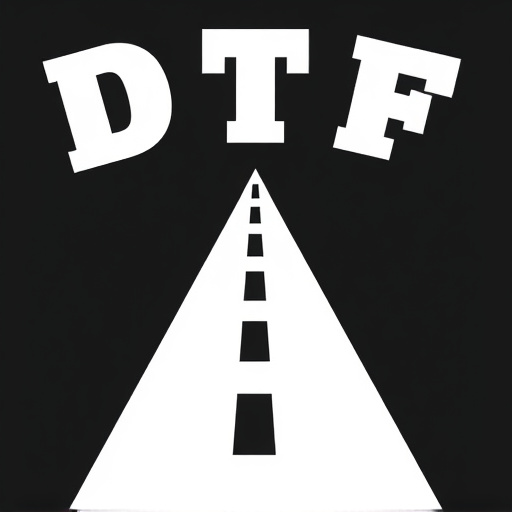Direct-to-Film (DTF) transfers and dye sublimation printing are two cutting-edge methods transforming the print industry. DTF, using inkjet technology, excels in detail reproduction, vibrant colors, and versatility for small batches, making it ideal for professional printing. Dye sublimation, a heat-and-pressure process, delivers rich, saturated colors and high resolution on various surfaces, suitable for large-scale production runs. Both methods have unique strengths, with future advancements promising to enhance color accuracy, durability, and environmental friendliness across both technologies.
In the realm of printing, Direct-to-Film (DTF) transfers and dye sublimation offer distinct approaches. This article delves into the intricacies of these methods, providing a comprehensive guide for understanding their unique processes. From the basic functioning of DTF transfer to the intricate dye sublimation technique, we explore how each impacts print quality. We also dissect their diverse applications, offer considerations for selection, and peek into future trends shaping the print industry, with a focus on DTF transfers’ relevance.
- Understanding Direct-to-Film (DTF) Transfer: A Brief Overview
- The Dye Sublimation Printing Process
- Quality Comparison: DTF vs. Dye Sublimation
- Applications and Use Cases for Each Method
- Considerations for Choosing Between DTF and Dye Sublimation
- Future Trends: Evolving Technologies in Print Industry
Understanding Direct-to-Film (DTF) Transfer: A Brief Overview
Direct-to-Film (DTF) transfer is a printing method that has gained popularity in the textile industry, offering a direct and efficient way to apply designs to various materials. This process involves transferring ink directly onto the surface of a film, which is then pressed against the substrate, such as fabric or paper, to create a durable print. DTF Transfer is particularly versatile, suitable for both small-scale projects and large-volume production runs.
The key advantage lies in its ability to produce high-quality, vibrant prints with excellent color accuracy. This method eliminates the need for intermediate steps like plating or etching, making it swift and cost-effective. Additionally, DTF Transfer allows for a wide range of design possibilities, accommodating complex graphics, fine details, and even photo-realistic images, ensuring that the final output is as visually appealing as the original artwork.
The Dye Sublimation Printing Process
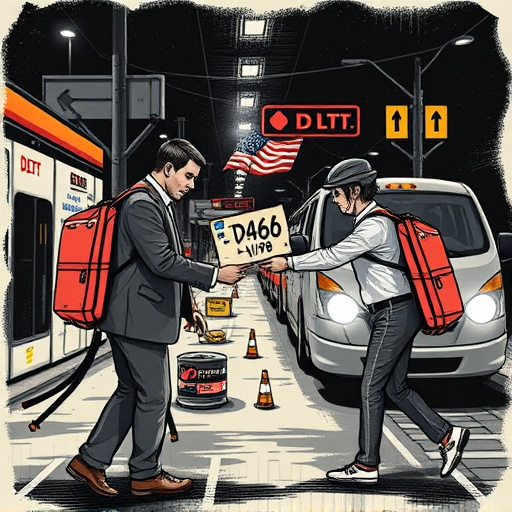
Dye sublimation printing is a process that involves transferring dye onto a substrate using heat and pressure. It’s particularly popular for photo printing due to its ability to produce high-quality, vibrant images with a wide color gamut. The method starts with a rolled sheet of dye-saturated paper or fabric. When heat is applied, the dye sublimates from the solid state into a gaseous state, penetrating the substrate and creating the final image. This process ensures exceptional detail and color accuracy.
Unlike direct-to-film (DTF) transfers, which rely on inkjet printing technology to deposit ink onto a carrier film that’s then transferred to various surfaces, dye sublimation directly involves the substrate itself. It offers advantages like fast production times, minimal waste, and the capability to print on various materials, including fabrics, paper, and even metal.
Quality Comparison: DTF vs. Dye Sublimation
When comparing the quality of images produced by DTF transfers and dye sublimation printing, it’s evident that both methods have their strengths. DTF (Direct-to-Film) transfers offer exceptional detail reproduction, vibrant colors, and sharp edges, making them ideal for high-resolution photos and graphic designs. This process directly prints onto a thin film, resulting in a crisp and precise image.
On the other hand, dye sublimation printing is renowned for its ability to produce rich, saturated colors and smooth gradients. It involves transferring dye onto a medium, typically polyester, which allows for a more subtle and nuanced color palette. While DTF transfers excel in sharp detail, dye sublimation takes the crown for achieving exceptional color depth and vibrancy, making it popular for creating visually stunning artwork and photos that pop with life-like colors.
Applications and Use Cases for Each Method
Direct-to-film (DTF) transfers and dye sublimation printing are two distinct methods with unique applications, each catering to different needs in the printing industry. DTF transfers are particularly well-suited for high-volume production runs, especially in sectors like advertising, packaging, and promotional merchandise. Their speed and efficiency make them ideal for creating large batches of identical or slightly customized designs, ensuring quick turnaround times without compromising on quality.
On the other hand, dye sublimation printing has found its niche in fine art, photography, and custom apparel. This method allows for stunningly detailed and vibrant prints, making it a favorite among artists and enthusiasts who seek to reproduce intricate images and patterns accurately. Dye sublimation’s ability to seamlessly blend colors and produce soft, almost ethereal results sets it apart, contributing to its popularity in these creative fields.
Considerations for Choosing Between DTF and Dye Sublimation

When deciding between Direct-to-Film (DTF) transfers and dye sublimation printing, several factors come into play. The choice largely depends on your specific needs, budget, and desired outcome. DTF transfers are cost-effective for small-batch production and offer excellent detail reproduction, making them ideal for professional printing and custom apparel. They’re also versatile, suitable for a wide range of materials, from paper to fabric.
On the other hand, dye sublimation printing is known for its vibrant colors and ability to produce high-resolution images on various substrates, including fabrics and metal. It’s a popular choice for large-scale production runs targeting markets demanding rich, lasting colors. However, it can be more expensive upfront and may require specialized equipment, making it better suited for larger businesses or those with higher printing volumes.
Future Trends: Evolving Technologies in Print Industry

The print industry is constantly evolving, with new technologies emerging that promise enhanced quality and efficiency. Direct-to-film (DTF) transfers and dye sublimation printing are two such methods that have gained significant traction in recent years. However, as we move forward, we can expect even more groundbreaking innovations.
One area to watch is the integration of advanced materials and ink formulations. Researchers are exploring new types of inks that offer improved color accuracy, durability, and environmental friendliness. Additionally, the development of smarter substrates and coating technologies will further elevate the quality and versatility of printed products. These advancements will not only benefit traditional printing methods but also drive the evolution of DTF transfers, making them even more accessible and appealing for various applications.
